How to Optimize Your Content for People and Search Engines
If you’re a marketer, then you know that creating great content is essential to your success. But what does it mean to create “great” content? And how can you make sure that your content is not only informative and engaging, but also optimized for people and search engines?
If you want your website’s content to rank higher in search engine results pages (SERPs), then you need to optimize it for both people and search engines. In this article, you will learn about our top 10 tips and tricks on writing optimized content for your audience and search engines.
One of the most important ranking factors for your website is content, so it’s essential that you take the time to optimize it. By following these tips, you’ll be well on your way to creating high-quality, optimized content that will help you achieve your marketing goals and People Attraction.
Table of Contents
How Important is to Optimize Content After Google Helpful Content Update?
The Google Helpful Content Update is a change to the algorithm that will reward content that is helpful to users. This means that content that is well-written, informative, and relevant will rank higher in search results than content that is not as helpful.
This update underscores the importance of creating content that is truly useful to your target audience. Gone are the days when keyword stuffing and other shady SEO tactics could help you game the system. Now more than ever, it is important to focus on creating quality content that provides value to your target audience.
We Start from Here…
You’re in luck! The following top 10 tips will help you write optimized content for your audience and search engines alike. Read on for advice on how to make your site’s content both reader and search engine friendly.
1. Write For Your Audience First And Foremost
When it comes to creating high-quality content, it’s important to remember your audience. You should write with them in mind and answer the questions they’re likely to have. Don’t get too bogged down in keyword optimization and forget about the people who will actually be reading your content.
By following these tips, you’ll be well on your way to creating content that will help you achieve your marketing goals.
2. Keep It Organized
Well organized words is an important part of any piece of writing. By breaking your content down into smaller paragraphs with headlines and subheadings, you can make it easier for your readers to understand and digest.
You can also use formatting features like bold and italics to highlight important points. Taking the time to organize your ideas will help you create more effective and persuasive content that will engage your readers and help you achieve your objectives. This will help both people and search engines understand and process your information more easily.
3. Use Keyword-Rich Titles And Descriptions
Using relevant keywords in your titles and descriptions will help both people and search engines find your content more easily. Just be sure not to stuff your keywords; a couple of well-placed keywords should do the trick and leads you toward better local search marketing.
As a general rule of thumb, you should try to include your keywords in the following places: title tags, URL, and meta descriptions. Let’s take a closer look at each one.
Title Tags are one of the most important places to include your keywords. This is because title tags are one of the first things that search engines look at when they’re trying to determine what your blog post is about. So make sure your title tags are accurate and include your keywords.
The URL is another place where you can incorporate keywords. When possible, try to use keywords in the URL so search engines can easily tell what your blog post is about.
Last but not least, don’t forget about the Meta Description! The meta description is the short snippet of text that appears underneath your blog post title in search results. This is your chance to really sell readers on why they should click through to your blog post, so make sure it’s compelling and includes your keyword.
4. Use Imagery And Include Image Alt Text
Adding images, infographics, or videos to your content can make it more engaging and visually appealing. And don’t forget to optimize those images with keyword-rich ALT tags!
Most people are familiar with the text that appears on a webpage. However, what they may not realize is that search engines don’t simply look for text. They also look for images that help explain and support a page’s content. This is where image alt text comes in. Alt text is an attribute that can be added to an image tag in HTML.
It provides a text description of an image, which helps search engines “see” the image and understand what it’s about. This ultimately helps those images rank in the search engine’s images results page. In addition, image alt text makes for a better user experience (UX). It displays inside the image container when an image can’t be found or displayed. As such, it’s important to use image alt text to help improve your website’s SEO and UX.
You May Also Like to Read: How SEO and Content Marketing Work Together
5. Apply Formatting Effectively
The way you format your content is important because it helps to reinforce the message you are trying to communicate. For example, a numbered list typically indicates a step-by-step process or a ranking system. Bullet points usually imply that the items on the list are of equal importance. Bold or italicized text helps items stand out and gives them emphasis.
Utilizing the correct formatting will help people to read your content in the way you have intended. It will also make it easier to scan and process. But it helps search engines too, as they also recognize these formats and their common meanings.
For example, some formatting will suggest a classification like an address. Other items like tables imply certain relations between data. Recognizing and utilizing these conventions can help you communicate more effectively with both people and search engines.
6. Choose Usefulness Over Word Count
It’s a common misconception that Google prefers longer blog posts and articles. In actuality, they care more about the usefulness of the content than the word count. Content that is written with the sole purpose of hitting a word count is often empty and lacking in meaning. It’s obvious to readers when content is filler, and Google can see right through it as well. That’s why their guidelines state that there is no preferred word count. Instead, they recommend writing enough to satisfy your target audience. This way, you’ll avoid filler words and information that isn’t actually useful. So, next time you’re writing or optimizing content, remember to focus on usefulness over word count.
7. Promote Shareability
As a business owner, you know that word-of-mouth is one of the best forms of marketing. After all, when someone recommends your product or service to a friend, they’re effectively giving your business a seal of approval. But in today’s digital world, word-of-mouth can happen online as well as offline.
One way to encourage online word-of-mouth is to promote shareability. Make it easy for people to share your content by including social media sharing buttons on each page of your website or blog post. You can also encourage sharing by adding shareable quotes or images within your content itself. By making it easy for people to share your content, you can tap into the power of word-of-mouth marketing and reach a wider audience.
8. Encourage Comments And Feedback
When it comes to creating a successful blog or article, engaging your reader is essential. One way to do this is by inviting comments and feedback. This helps create a sense of community around your brand and shows that you’re open to hearing different perspectives.
In addition, it can help to generate new ideas and insights that you may not have considered before. So if you’re looking for ways to encourage reader engagement, consider opening up the comments section on your next post. You might just be surprised by the response.
Isn’t it Good Idea?? Invite reader engagement by encouraging comments and feedback on your blog posts or articles. This helps create a sense of community around your brand and shows that you’re open to hearing different perspectives.
9. Use Google Analytics
Google Analytics is a free tool that allows you to track traffic data associated with your website or blog. This data can be extremely valuable in understanding who’s reading your content, where they’re coming from, how they found you, what Device s they use, etc. In addition to providing this valuable data, Google Analytics can also help you track conversions, set up goals, and track other e-commerce related data. As a result, it is an essential tool for any website or blog owner who is looking to understand their audience and improve their online presence.
10. Keep It Updated & Relevant
It’s essential to keep your website’s content updated and relevant. By carrying out a regular review, you can avoid people accessing outdated content that could provide obsolete advice. Search engines use freshness as a ranking factor, so they value content that’s well maintained and kept up to date.
Studies by Botify have confirmed this, although it’s a complex issue. Make sure the topic of your content is highly relevant to your area of expertise. People reading content that’s detached from your main topic area may find this confusing, unhelpful or might fail to trust it. Search engines are working toward a better user experience, so they mirror this. I’ve carried out many content audits over recent months on different types of websites. In general, it’s best to keep your content focused, updated and relevant to your target audience. Regularly updating your content shows both readers and search engines that your information is current and relevant. Try to add new content on a weekly or bi-weekly basis, or even daily if possible.
Conclusion:
Creating great content isn’t just about writing informative articles or blog posts; it ‘s also about making sure that content is properly formatted , uses relevant keywords, is easy to share across social media platforms, and more importantly —that it resonates with its intended audience! Implement these 10 tips into your content marketing strategy today to start seeing better results tomorrow ! As always if you need help with anything please don’t hesitate reach out to us here on SEO Pro Hub which provides best SEO services in Seattle! We Would be happy to walk you through any questions step-by-step.

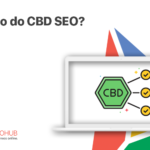

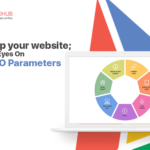

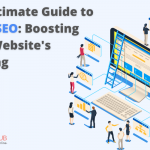
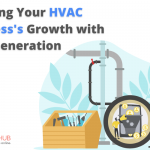
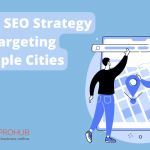

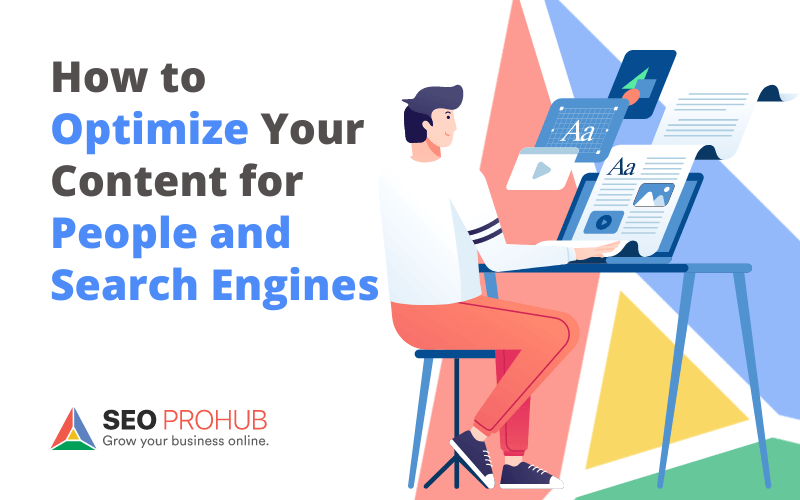



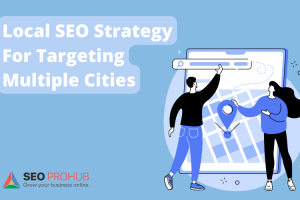
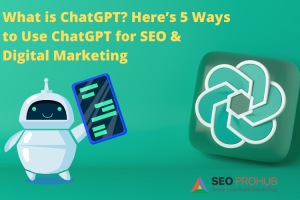
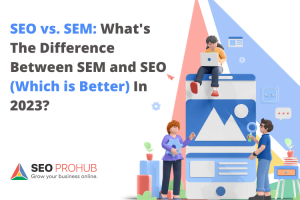
No comments